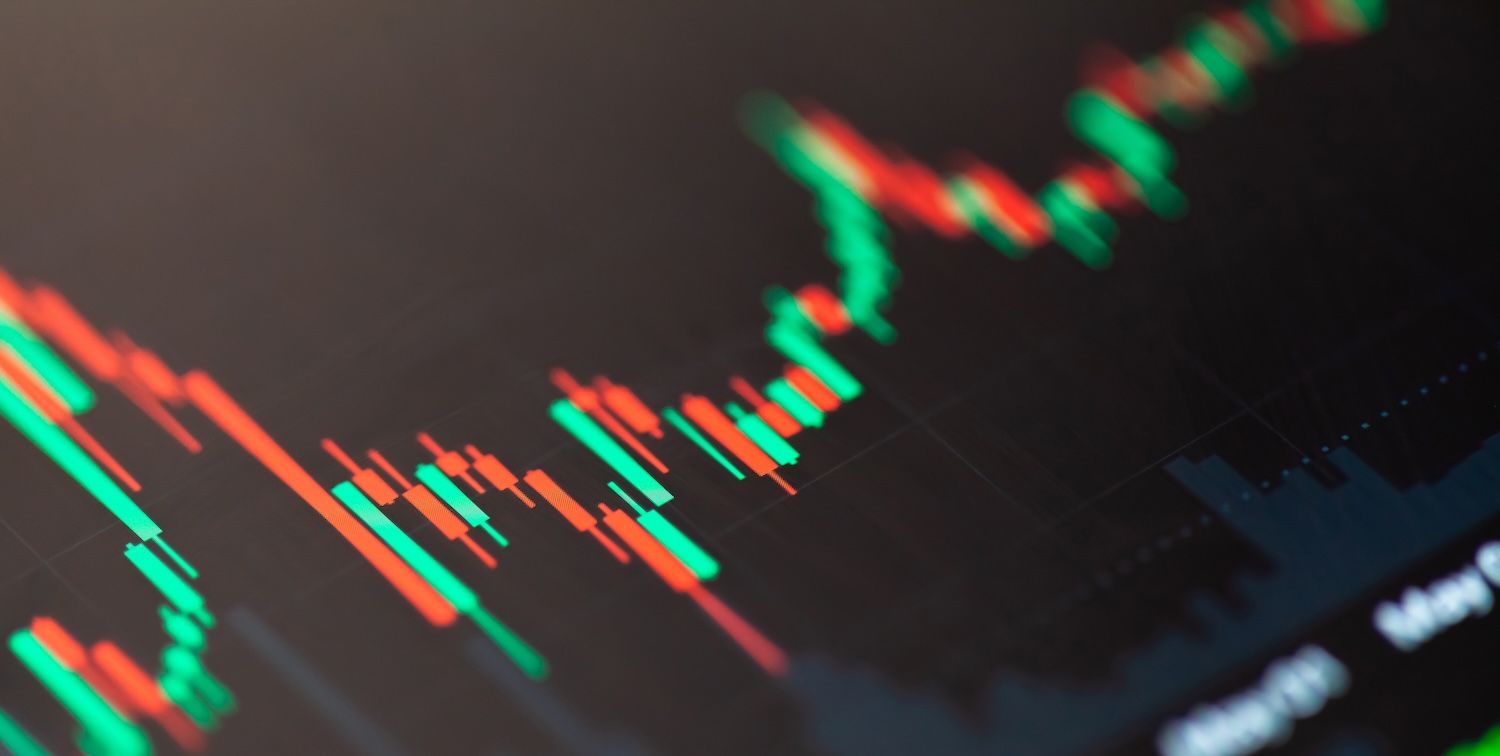MemeCore Token Defies Bears with 14% Surge as Futures Traders Get Rekt
While short sellers loaded up on bearish bets, MemeCore ripped higher—proving once again that crypto markets delight in punishing overconfidence.
The Anatomy of a Contrarian Rally
Traders betting against the token watched in disbelief as it climbed 14%—a classic 'short squeeze' scenario where pessimism fuels the very rally it tries to prevent. No new partnerships, no protocol upgrades—just pure, unfiltered market irony.
Futures markets flashed red, positions piled up on the sell side, and yet—buyers stepped in. Retail momentum? A well-timed whale accumulation? Either way, the charts didn’t lie.
When the Crowd is Wrong
It’s almost poetic: futures traders, armed with leverage and historical data, still can’t outsmart a market that thrives on chaos. Some call it irrational; others call it liquidity. In crypto, it’s just Tuesday.
So next time a futures chart screams 'downtrend,' maybe remember MemeCore—and that sometimes, the smart money is just a crowded trade in disguise.

What to Know:
- MemeCore's M token gained 14% while broader crypto markets continued declining
- Futures traders maintain bearish positions with funding rates at -0.99%, a 38-day low
- Technical indicators show bearish divergence despite the price rally, suggesting momentum may not sustain
Technical Indicators Signal Potential Weakness
Technical analysis reveals concerning patterns beneath M's price performance. The Chaikin Money FLOW indicator, which tracks capital movement in and out of assets, has dropped below zero and continues trending downward. This metric provides insight into whether institutional and retail money is actually supporting price movements.
The divergence between rising prices and declining money Flow creates what analysts call a bearish divergence. Such patterns typically indicate that while buyers continue pushing prices higher in the short term, the underlying capital support is eroding. Market technicians view this as a warning sign that rallies may lack the financial backing needed for sustained growth.
Data from TradingView shows M's CMF has been declining even as the token's price climbed throughout the trading session. Professional traders often monitor this indicator to gauge whether price movements reflect genuine market interest or temporary buying pressure.
Derivatives Market Shows Skepticism
Futures market activity paints an even starker picture of trader sentiment. According to Coinglass data, M's funding rate has plummeted to -0.99%, marking its lowest level in 38 days. This metric serves as a real-time gauge of how derivatives traders position themselves relative to spot market prices.
Funding rates in perpetual futures contracts function as a balancing mechanism. When rates turn negative, it indicates short sellers—traders betting on price declines—outnumber those taking long positions.
The negative rate means short traders receive payments from long traders to maintain their bearish positions.
M's deeply negative funding rate suggests derivatives traders remain unconvinced about the token's medium to long-term prospects. Despite the current rally, professional traders in the futures market are positioning for potential downside moves. This creates a notable disconnect between spot market performance and professional trader sentiment.
The 38-day low in funding rates represents particularly strong bearish conviction. Typically, funding rates fluctuate around zero, with occasional moves into positive or negative territory. Sustained negative rates at multi-week lows indicate entrenched pessimism among sophisticated market participants.
Understanding Crypto Market Mechanics
Several technical concepts help explain the current market dynamics around M token. The Chaikin Money Flow indicator multiplies trading volume by a price location value, creating a running total that shows whether money is flowing into or out of an asset over time.
Funding rates represent the periodic payments between long and short position holders in perpetual futures contracts. These payments help keep futures prices aligned with spot market prices. When futures trade above spot prices, long holders typically pay shorts, creating positive funding rates.
Layer 1 blockchains like MemeCore operate as foundational networks that can process transactions and run applications independently.
They differ from LAYER 2 solutions, which build on top of existing blockchains to provide additional functionality or improved efficiency.
Bearish divergence occurs when an asset's price makes new highs while technical indicators fail to confirm those highs. Traders view such patterns as potential signals that upward momentum is weakening, even if prices haven't yet reflected this change.
Market Outlook and Price Projections
Current market conditions suggest M's rally may face sustainability challenges. The combination of declining money flow and heavy short positioning creates headwinds for continued price appreciation. Technical analysts note that buyer exhaustion could trigger a reversal toward the $0.4105 support level.
However, the token retains potential for further gains if substantial buying interest emerges. A break above the $0.4736 resistance level remains possible, though it WOULD require significant demand to overcome the current technical and sentiment challenges.
The broader cryptocurrency market's continued decline adds another layer of complexity to M's outlook. While the token has demonstrated relative strength by posting gains during a market-wide selloff, maintaining this outperformance typically requires sustained capital inflows.
Closing Thoughts
M token's 14% surge stands in stark contrast to both broader market trends and derivatives trader sentiment. The combination of negative funding rates and declining money flow indicators suggests the rally may prove temporary without substantial new buying interest to support higher prices.

